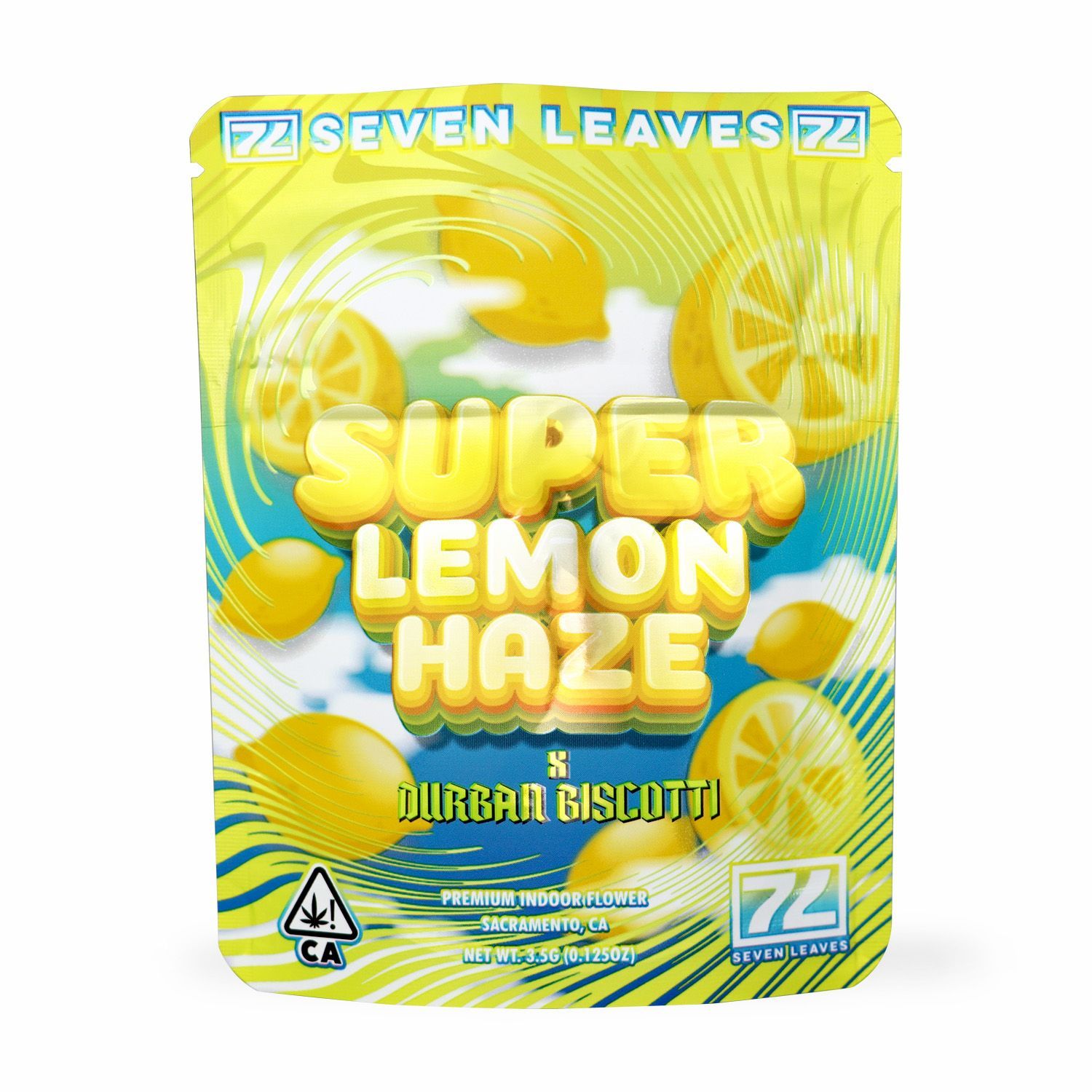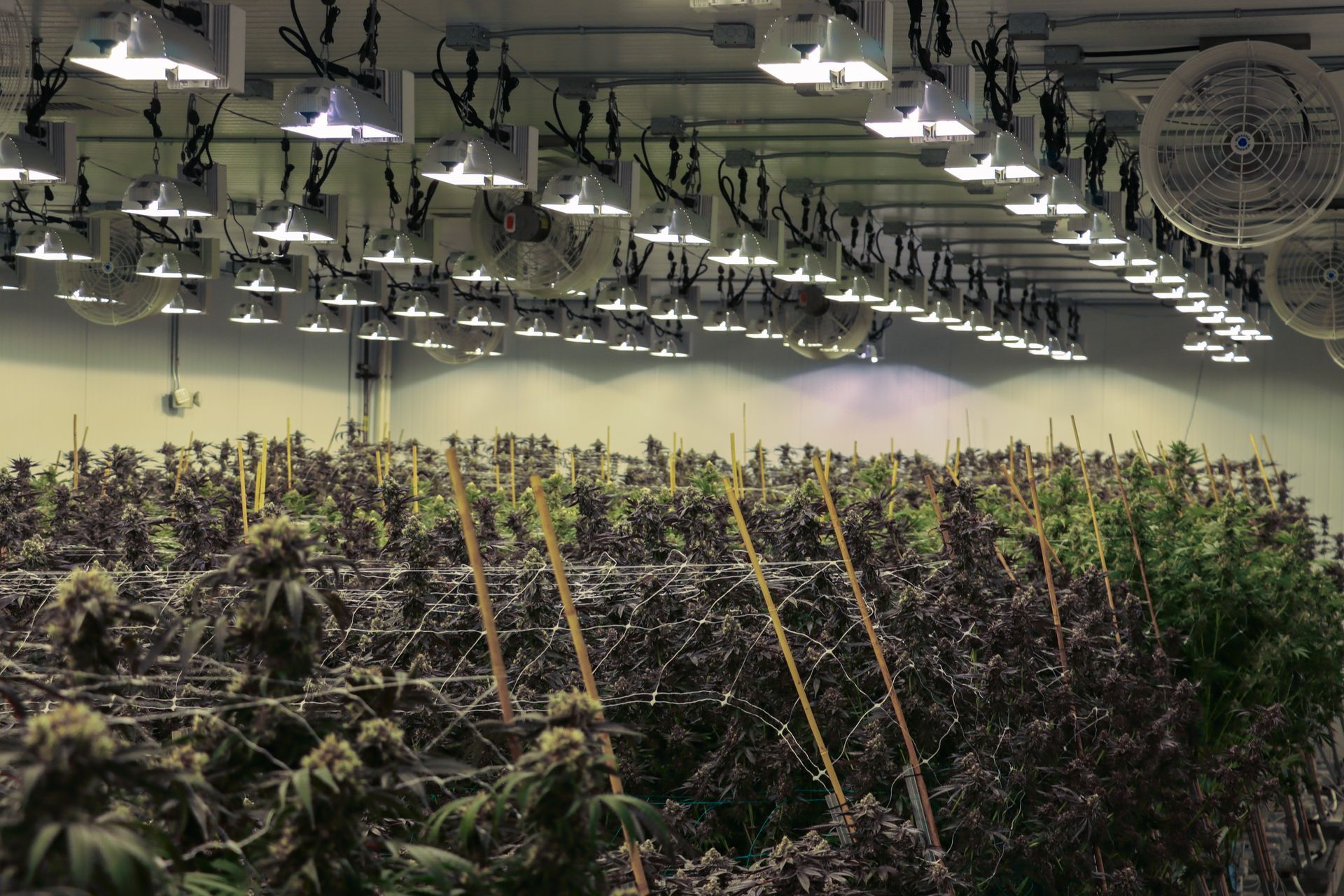Big Changes coming to seven leaves
We ask that you please take a moment and listen to the upcoming changes/shifts for Seven Leaves.
It is of our utmost importance to pivot for our best interests for what's to follow in the days, months, years ahead.
Welcome Member | Logout | Members Page
Keep up to date with the latest news regarding Seven Leaves.
SUPER LEMON HAZE



We ask that you please take a moment and listen to the upcoming changes/shifts for Seven Leaves.
It is of our utmost importance to pivot for our best interests for what's to follow in the days, months, years ahead.
ARE YOU A LICENSED CANNABIS RETAILER?
Seven Leaves–License #CCL18-0000317 | This site is protected by reCAPTCHA and the Google Privacy Policy and Terms and Service Apply
All Rights Reserved | Seven Leaves/MTG Investments | Website Design By: MyCali Designs